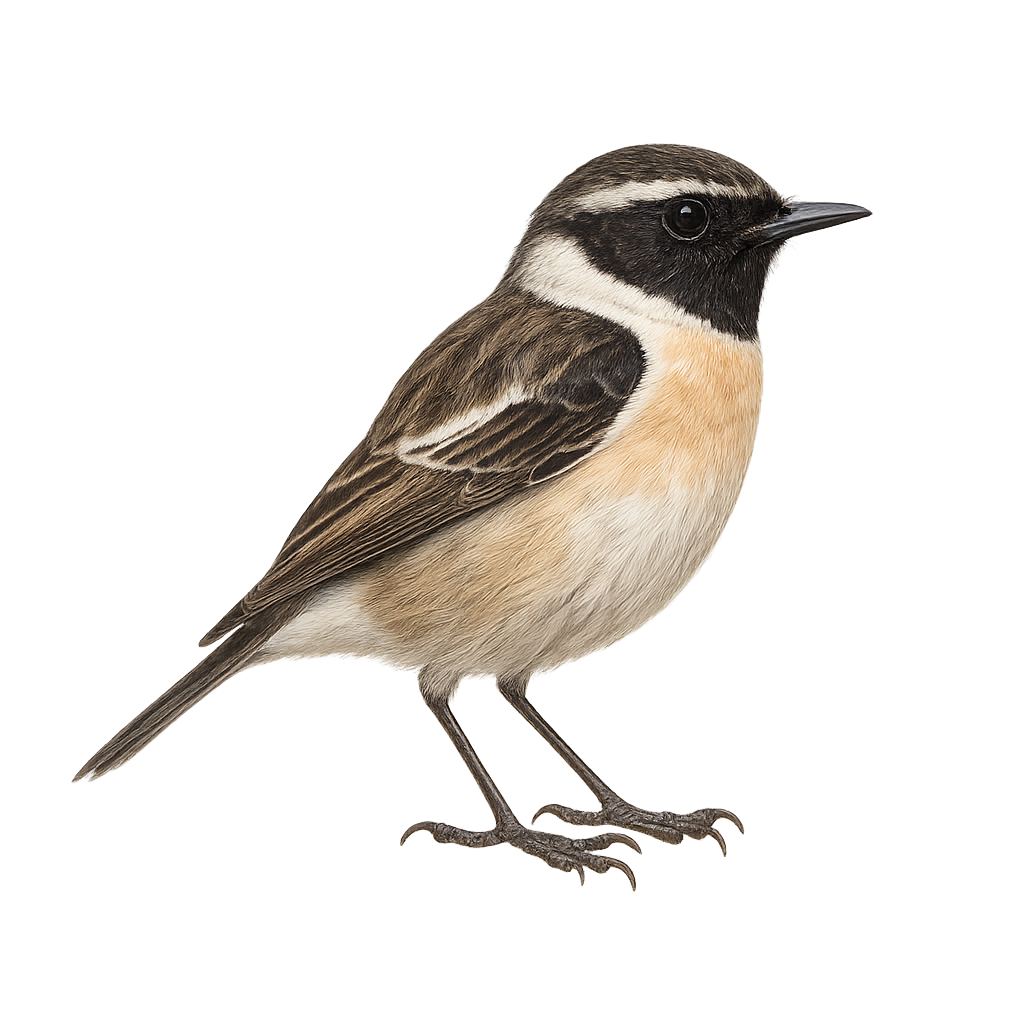Your wildlife photography guide.
Explore the canary islands stonechat in detail, study its behavior, prepare your shots.
Where to observe and photograph the canary islands stonechat in the wild
Learn where and when to spot the canary islands stonechat in the wild, how to identify the species based on distinctive features, and what natural environments it inhabits. The WildlifePhotographer app offers tailored photography tips that reflect the canary islands stonechat’s behavior, helping you capture better wildlife images. Explore the full species profile for key information including description, habitat, active periods, and approach techniques.
Canary Islands Stonechat
Scientific name: Saxicola dacotiae

IUCN Status: Vulnerable
Family: MUSCICAPIDAE
Group: Birds
Sensitivity to human approach: Suspicious
Minimum approach distance: 10 m
Courtship display: March to May
Incubation: 13-15 jours
Hatchings: March to June
Habitat:
Arid areas, scrublands, rocky zones
Activity period :
Primarily active during the day, with peak activity in the morning and late afternoon.
Identification and description:
The Saxicola dacotiae, known as the Canary Islands Stonechat, is a small bird endemic to the Canary Islands, specifically Fuerteventura. This passerine is characterized by its brownish-red and white plumage, with a dark head and light belly. It primarily inhabits arid and semi-arid areas, scrublands, and rocky zones. The Canary Islands Stonechat is a sedentary bird, meaning it does not migrate and remains in its territory year-round. It feeds mainly on insects, which it catches on the ground or in flight. Although its habitat is limited, it adapts well to local conditions. However, it is considered vulnerable due to habitat degradation.
Recommended lens:
400 mm – adjust based on distance, desired framing (portrait or habitat), and approach conditions.
Photography tips:
To photograph the Canary Islands Stonechat, it is advisable to use a lens of 400 mm or more to capture detailed images without disturbing the bird. Look for it in the rocky and arid areas of Fuerteventura, where it is most active during the day. Be patient and discreet, as it can be suspicious. Use a tripod to stabilize your camera and wait for the right moment to capture its natural behavior, such as hunting insects.
The WildlifePhotographer App is coming soon!
Be the first to explore the best nature spots, track rutting seasons, log your observations, and observe more wildlife.
Already 1 432 wildlife lovers subscribed worldwide

